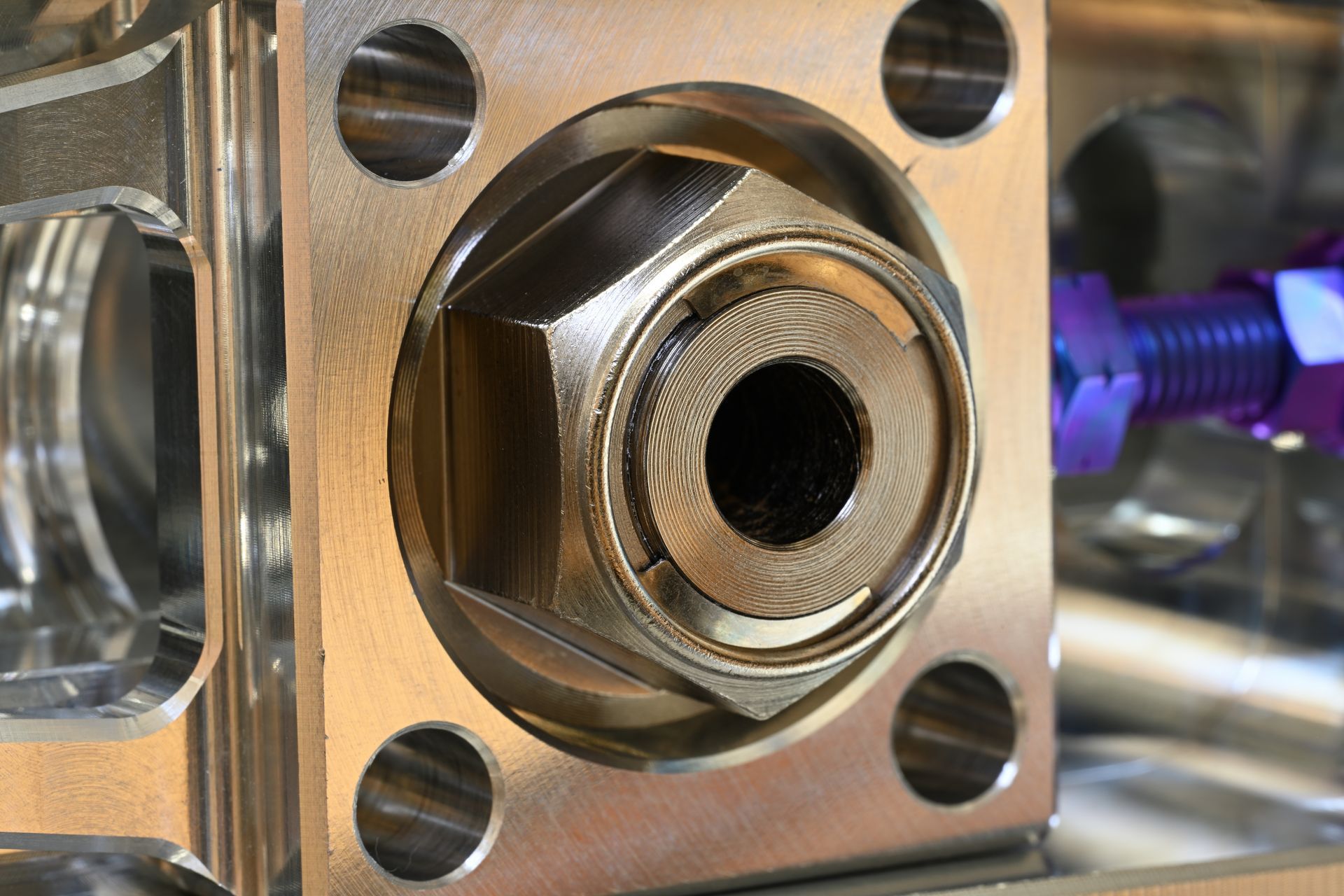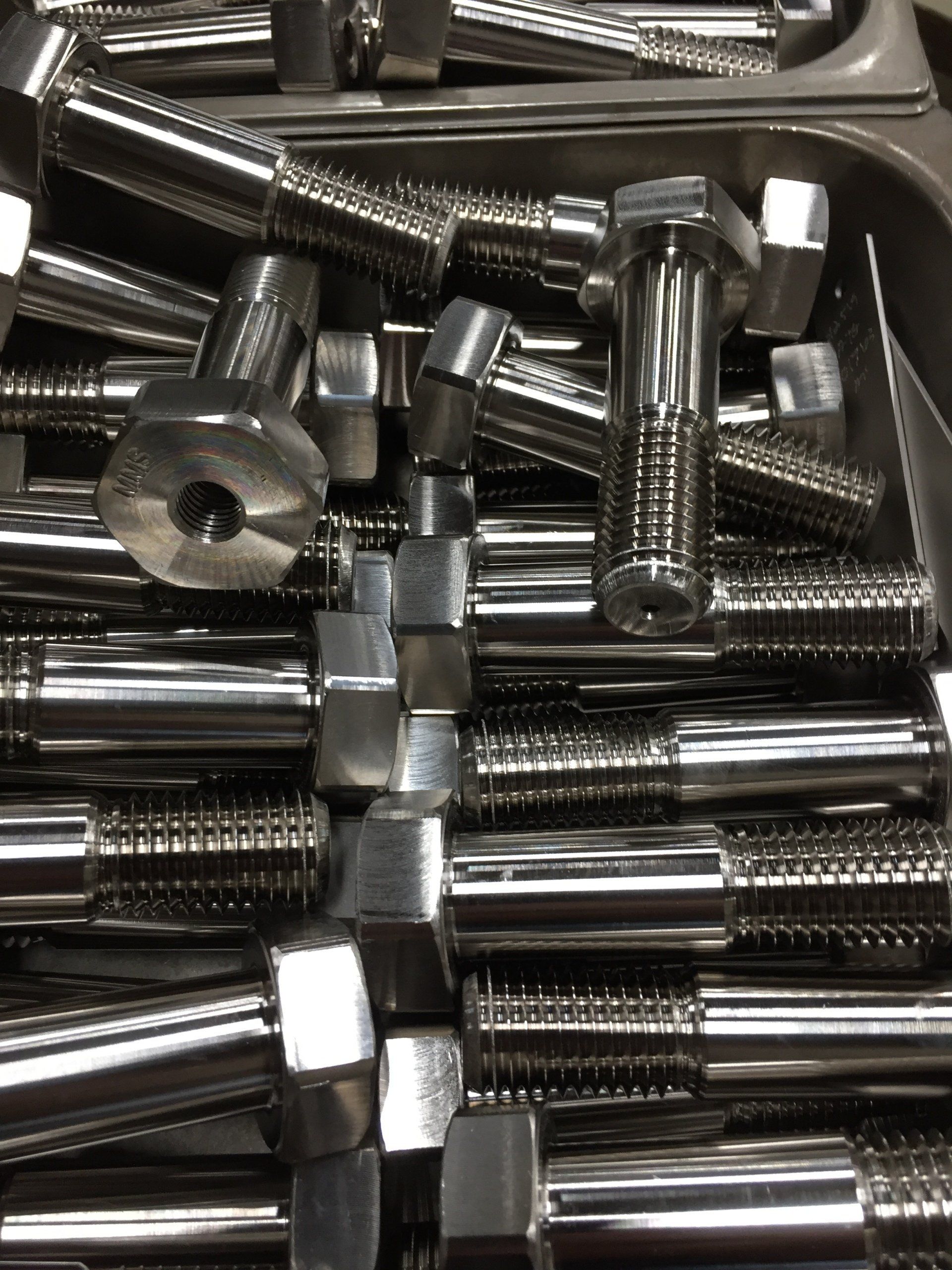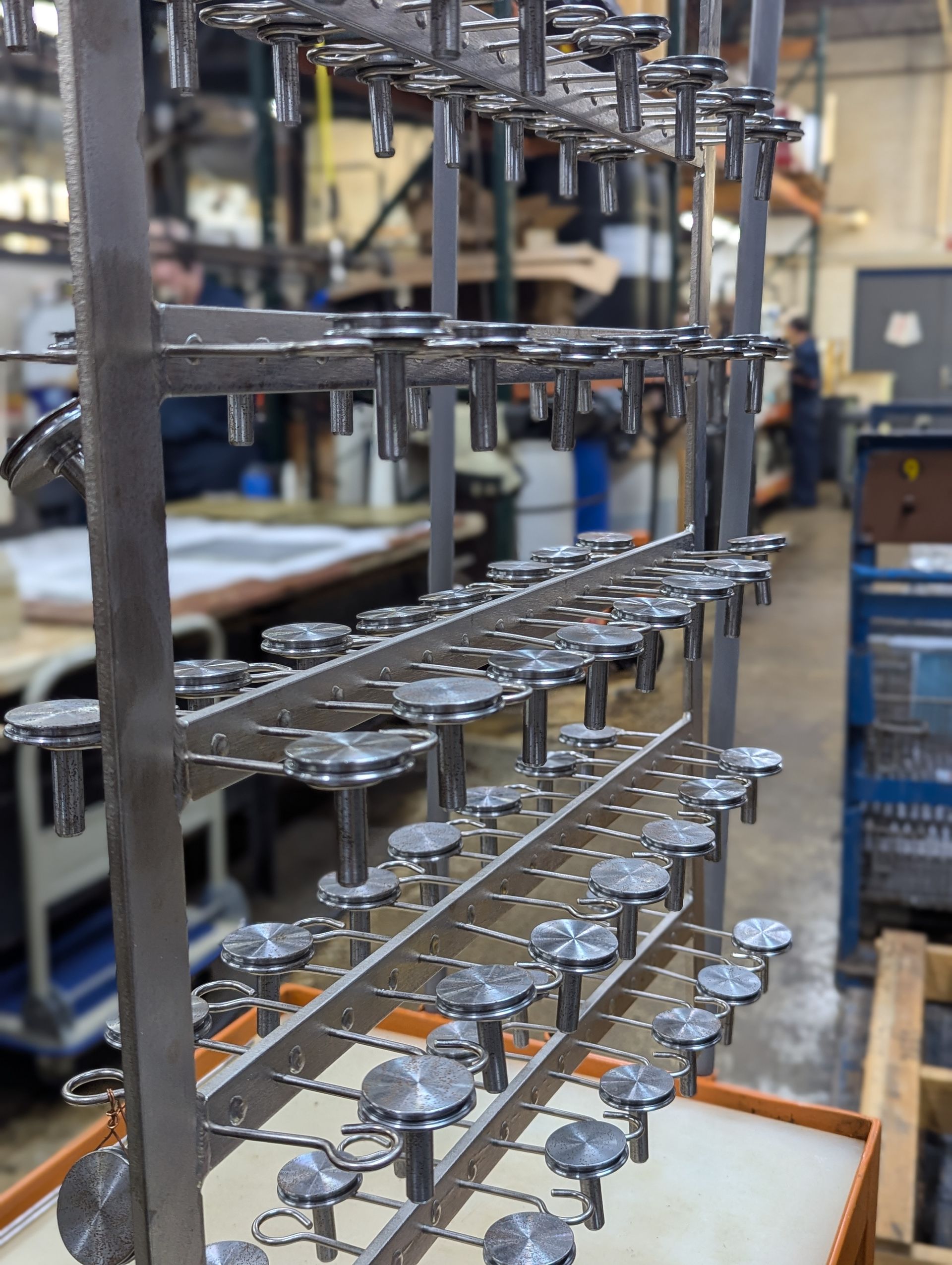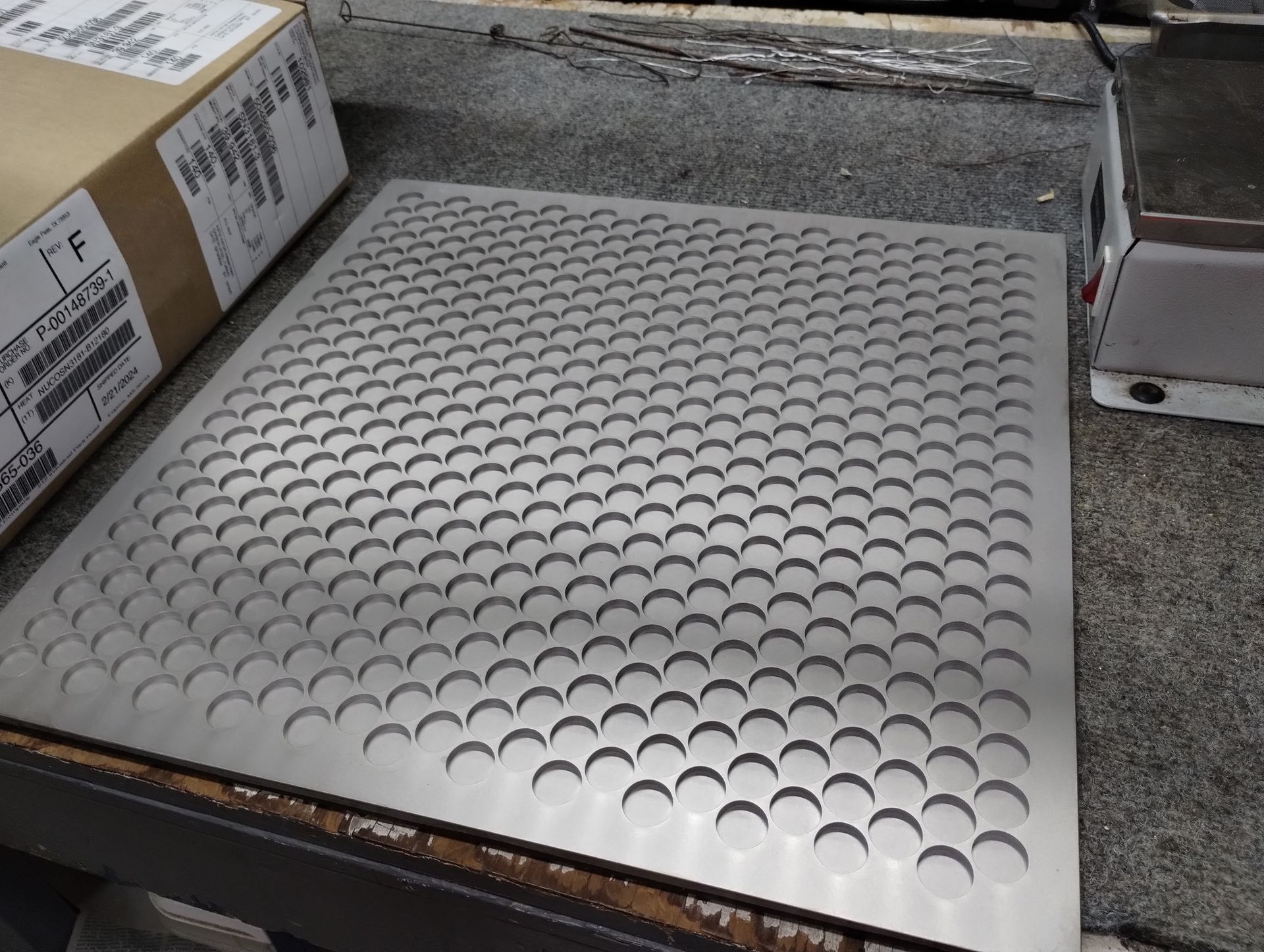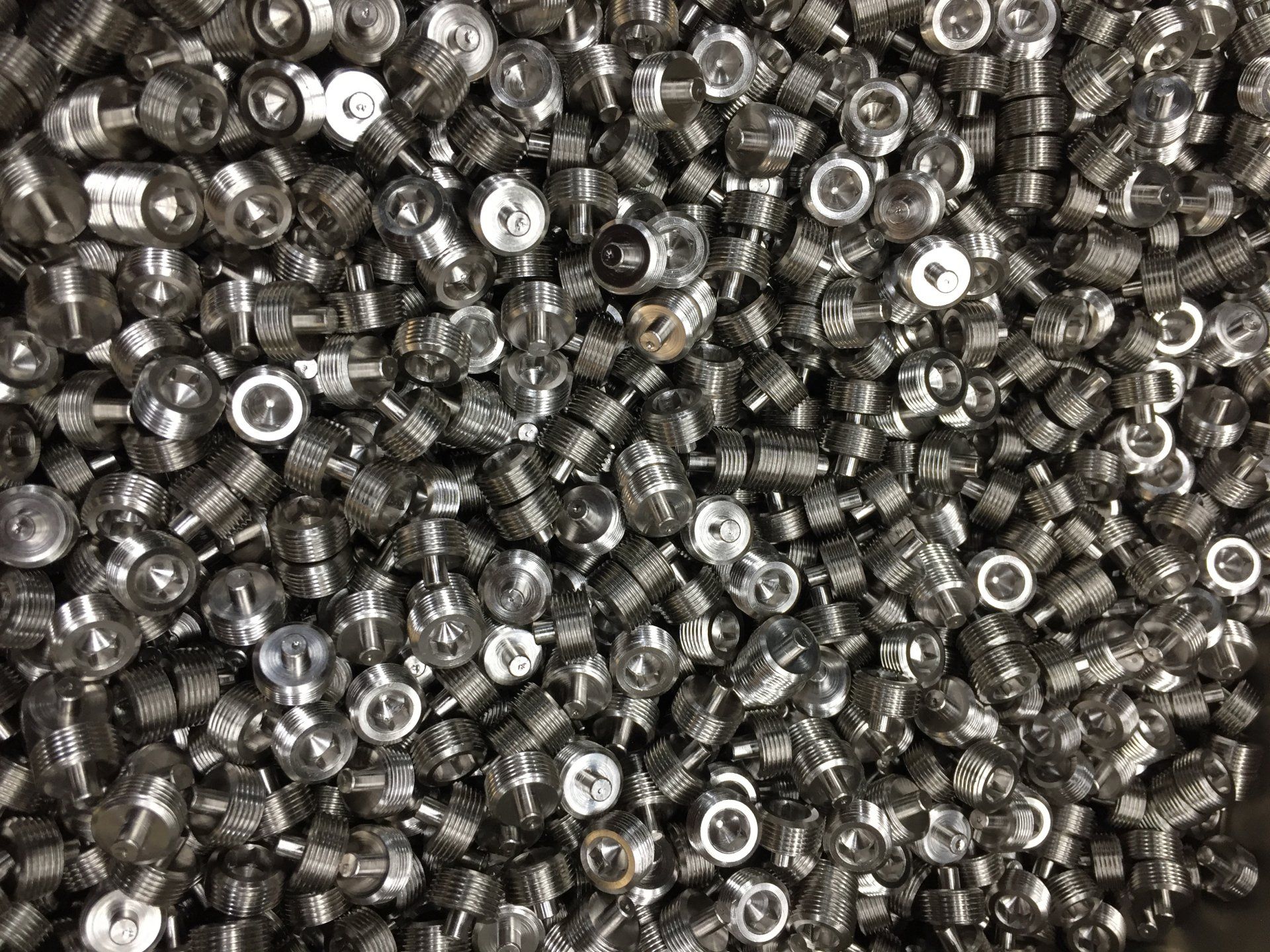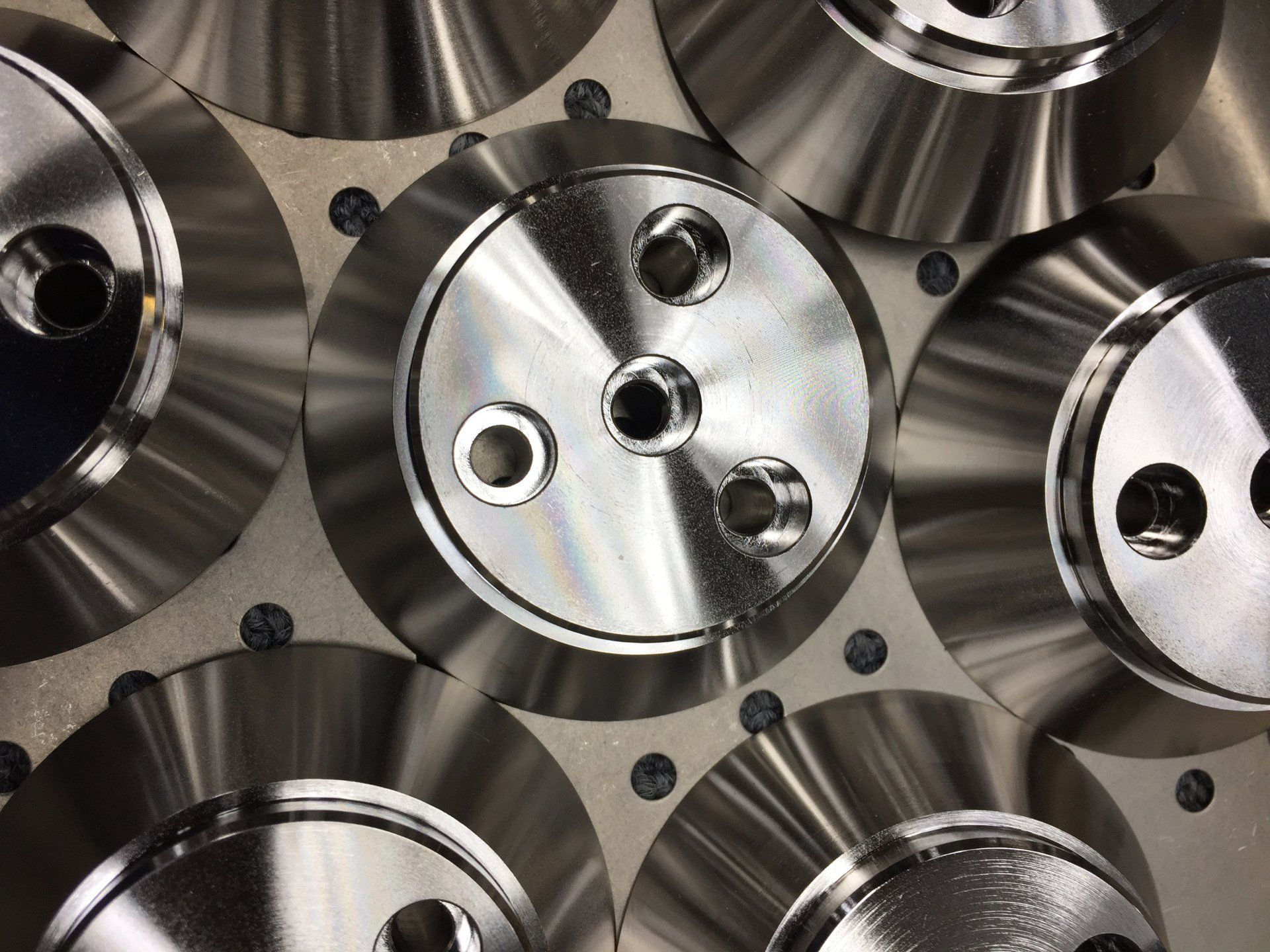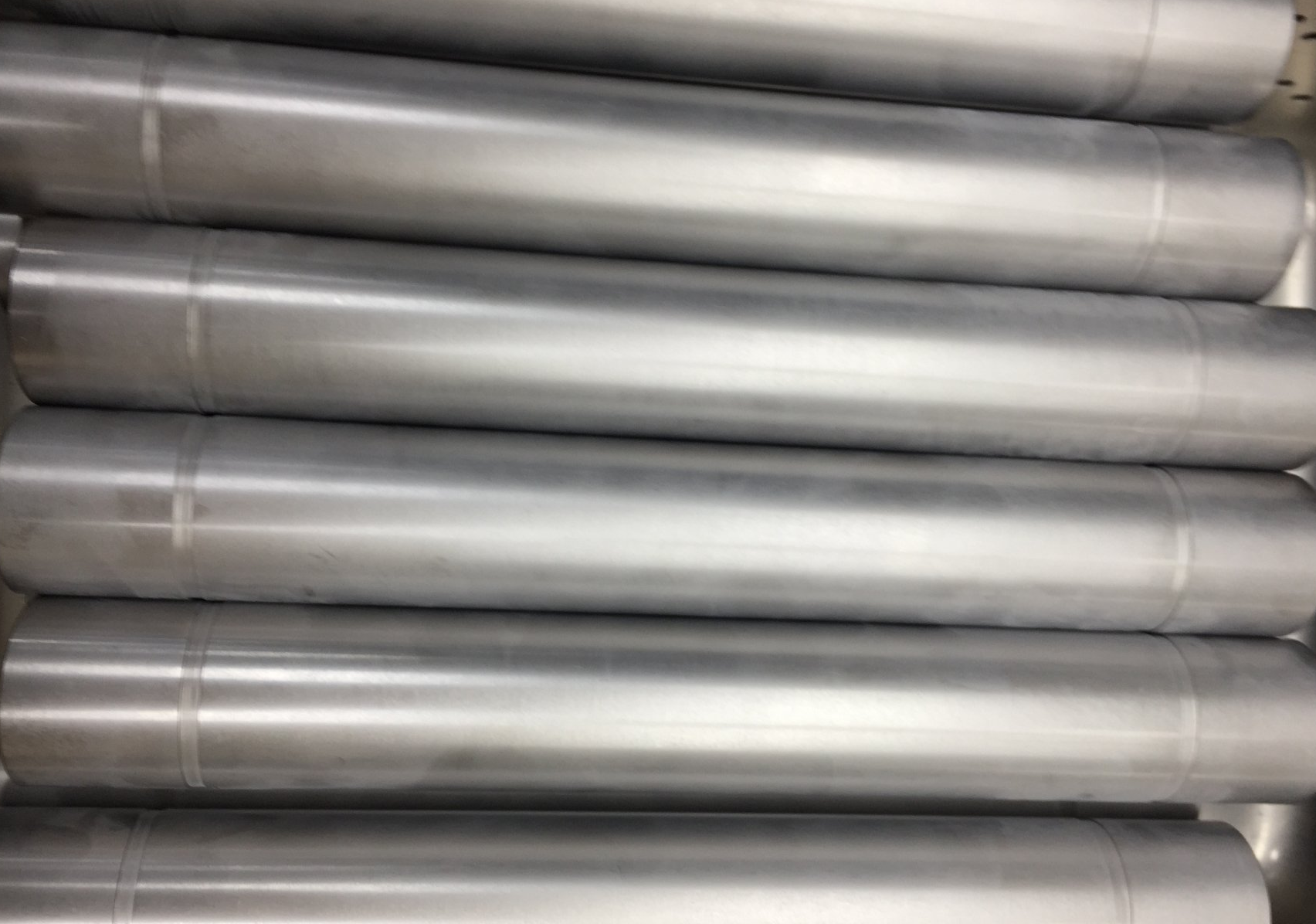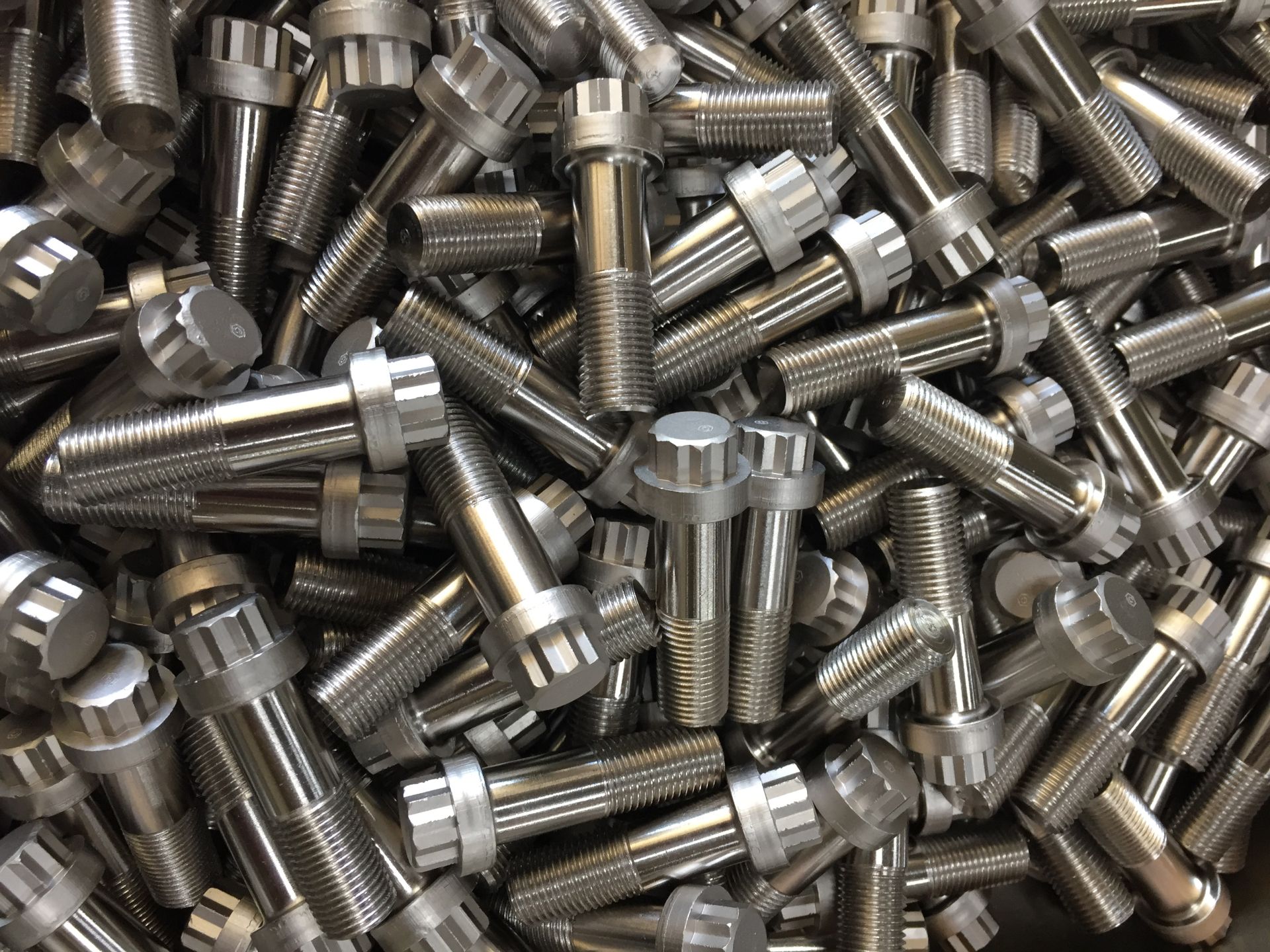Blog
Blog
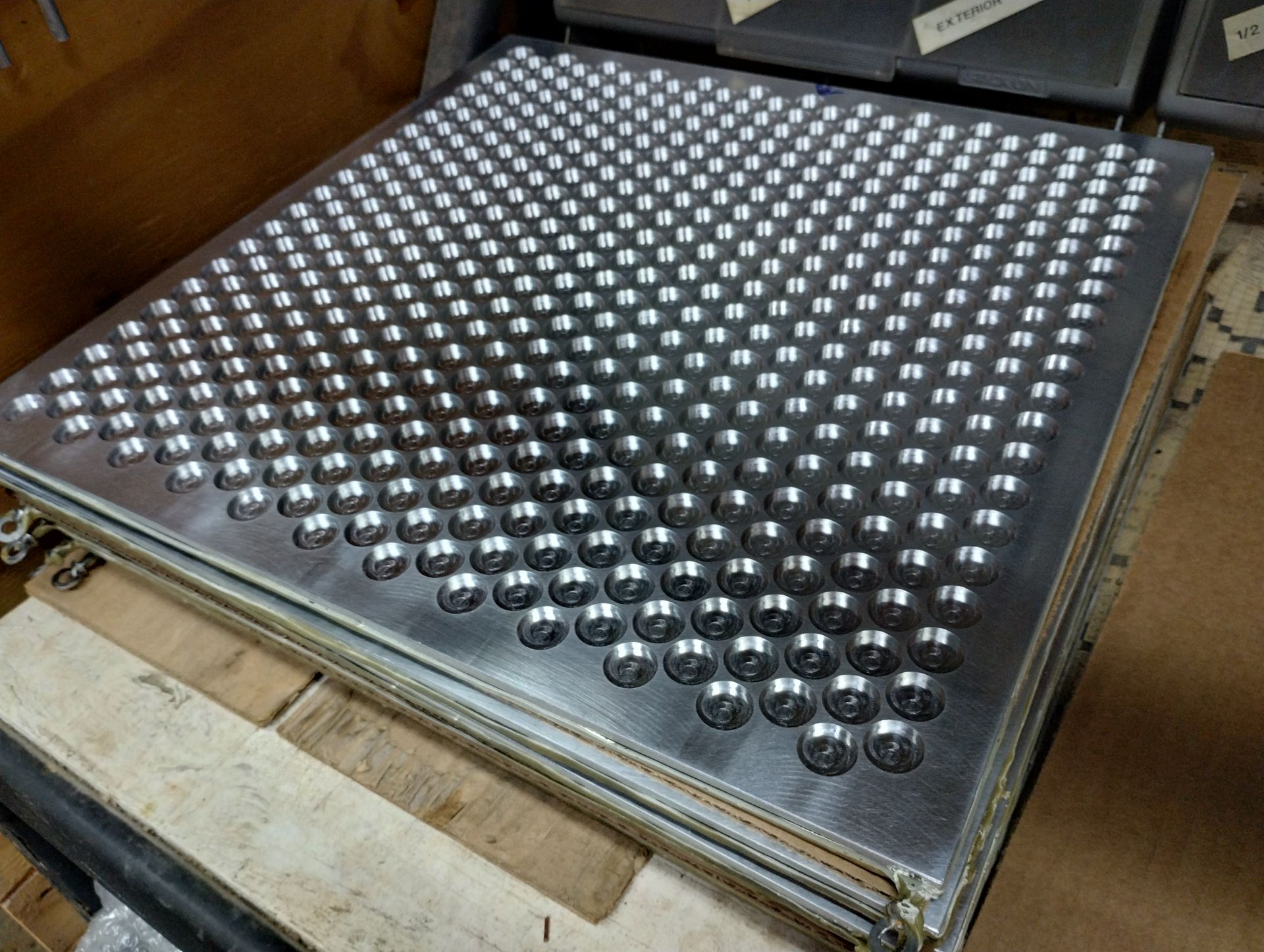
By John Scherrer
•
September 25, 2024
Benefits of Precision Selective Plating for Mold Repair Precision selective plating for mold repair is a useful tool for increasing the lifespan of production molds and is more cost-effective than total replacement. Both plastic and metal molders experience extensive wear and tear over time from repeated use and/or exposure to abrasive chemicals, so finding a solution to make a mold last as long as possible is necessary to remain competitive among other molders. Selective plating can function as that solution, and it does so without completely replacing the tooling. This article looks at how selective plating works, the versatility of this process, the enhanced properties molders can expect, and the many benefits customers may experience using precision selective plating for mold repair rather than opting for total replacement How Selective Plating Works Selective plating is a process in which metal plating is deposited on a component in specific spots using a portable plating device. While traditional electroplating involves submerging the entire workpiece, selective plating is often applied using a brush, which is essentially an anode wrapped in a plating-saturated absorbent material. Since selective plating is applied precisely to specific areas, it is especially useful for making targeted repairs or improvements. If a mold needs a small repair only in one spot, then selective plating offers a much more efficient solution compared to traditional electroplating. Some molds could be exposed to harsh chemicals only in a small part of their total surface area so that small part is going to wear down a lot faster than the rest of the mold. Additionally, selective plating can be used to apply plating features like corrosion resistance to certain parts of a mold, which would also be useful in situations where certain parts of the mold are more exposed to harsh chemicals. Versatility Unlike typical electroplating , selective plating specifically focuses on applying a finish to individual or targeted spots on a workpiece. Since the plating does not have to cover the entire surface area of the workpiece, it is easier to apply to pieces with odd shapes and corners. Even if the odd corners are the spots that need to be plated, the multitude of selective plating methods allows for increased customizability of treatments. The detailed enhancements are available without having to impact the entire component. Versatility like this is especially useful on molds that have precise dimensions to maintain and cannot function properly with any alterations of the intended product dimensions. Applying surface plating to an entire mold is unnecessary and even harmful when parts of the mold are already dimensionally exact. With selective plating, it is possible to correct partial imperfections to improve quality and longevity. Enhanced Properties Like traditional nickel plating , precision selective plating is used to imbue advanced properties in a workpiece such as corrosion resistance, wear resistance, increased conductivity, and aesthetic appearance among others. Since some molds only require these properties in certain spots, such as corrosion resistance in areas exposed to corrosive plastics or wear resistance in spots damaged by a foreign object getting caught in the mold, selective plating is an efficient solution. Selective plating can increase the thickness and conductivity of a part of a mold, which could be essential depending on the kind of part it is designed to make. When using traditional electroplating methods, the only result you can get is plating applied uniformly to the entire surface area of the component. If your mold only calls for certain parts to have enhanced properties, then traditional plating simply cannot accomplish it. Selective plating is a necessity for molds that only require specific spots to have increased conductivity or corrosion resistance. Cost Efficiency When selective plating is used over traditional electroplating, less plating material is used overall, which brings material costs down. In addition to the material used, selective plating is often faster than traditional electroplating. That translates to reduced labor costs, reduced waiting time between production steps, minimal downtime and subsequently increased efficiency and lower costs. Plus, selective plating does not require extensive preparation as traditional plating does. Ultimately, selective plating allows molders to repair their molds rather than replace them. In some cases, a full plating treatment would not fix the problem with a broken mold, so it would need to be replaced entirely. By using Micro Plating as your selective plating solution instead, molders find significant savings with an affordable repair compared to a complete replacement. Eco-Friendly Efficiency Given that selective plating uses less material compared to traditional plating, it increases eco-friendly efficiency in addition to lowering costs. The process requires fewer chemicals that would need to be safely and responsibly discarded after the plating process. This can all translate to savings when it comes to waste disposal. Plus, selective plating can help molders maintain compliance with strict environmental regulations. Selective Plating Techniques Selective plating can be applied to a component using several different techniques, so molders can determine which would work best for their unique needs. One of the most common techniques is masking the parts of the component that do not need to be plated leaving only the selective plating target open. These masking materials can range quite a bit including substances like wax, tape, or even specialized lacquers. For precision application, brush plating is a common solution. This involves an electrode brush applying metal plating to a specific area. When a mold needs small repairs, this method is typically the ideal solution since it offers enhanced control in its application with little necessary prep time. Any mold that is difficult to move can especially benefit from the easy application of brush plating. Hot forging molds, such as what is used in the automotive industry, are effectively serviced by brush plating since the process offers wear resistance and hardness. In instances where molds need repairs in difficult-to-reach areas, jet plating may be used instead of brush plating. This method applies the metal plating using a solution that is shot through a nozzle. Since jet plating is commonly used for intricate molds of complex parts, it is commonly applied to molds in the aerospace industry that are in need of repair or enhancements. Pulse plating is also used when specific thickness requirements are in place. This method involves using pulses of electricity to affect the thickness and quality of the plating. When strict dimensional tolerances are necessary for certain molds, pulse plating is almost always part of the process. Precision Selective Plating for Mold Repair Micro Plating offers quality precision selective plating for mold repair and other mold treatment services. Our suite of state-of-the-art plating and testing equipment alongside our J.I.T. trained team ensures precision solutions for molds that need repairs through selective plating. Our team will work with you to find the precision selective plating solutions that will work best for your mold repair needs. Reach out to our team today to get started.
CONTACT US
Footer form
Thank you for contacting us.
We will get back to you as soon as possible.
We will get back to you as soon as possible.
Oops, there was an error sending your message.
Please try again later.
Please try again later.
Location
8110 Hawthorne Dr.Erie, Pa 16509
Contact Us
Micro Plating Inc. | All Rights Reserved |
Created by Olive + Ash.
Managed by Olive Street Design.

